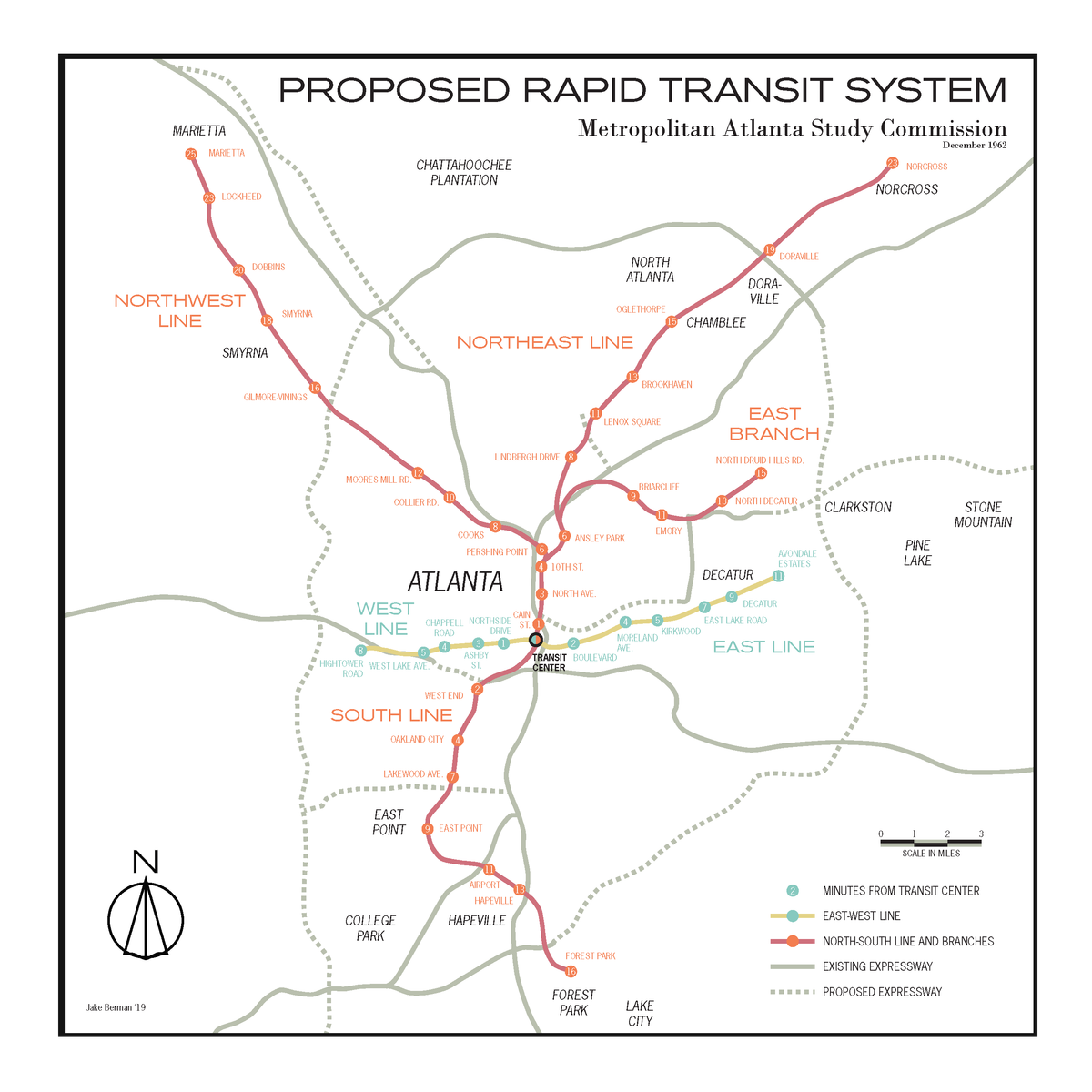

Kotak said the project list ultimately came down to “what MARTA and the community thought was most feasible in terms of increasing ridership, spending the money well, pulling down federal funds, and a lot of equity and environmental concerns.”Įnhanced communication with riders will be key for the agency as it moves into the planning and construction phase of projects, the majority of which will take decades to complete. The final list of projects approved in 2018 includes 36 miles of enhanced bus routes, and 29 miles of light rail.
MARTA ATLANTA HOW TO
They are physically and financially a lot more stable than they used to be.”ĭespite the massive declines in fare revenue wrought by the pandemic, MARTA CEO Jeffrey Parker told Atlanta Magazine in February that federal transit relief funding has put the agency in good financial shape until at least 2024, and that the More MARTA program can proceed as planned.Īfter the More MARTA vote, MARTA spent two years conducting public engagement, technical analysis, and systemwide planning to determine how to spend the new revenue. “Things have definitely improved with MARTA.

Tejas Kotak, transit chair of the Georgia Sierra Club, believes that MARTA is on an upward trajectory overall. MARTA has also spent $20 million on new buses, and has made major investments in upgrading transit center facilities in Clayton and Dekalb Counties, which border the city of Atlanta. The agency has recently made $200 million in rail improvements, including rehabbing escalators and elevators, upgrading stations and train control systems, and procuring new rolling stock. “Much of this work isn’t visible to the public, but we’re making significant progress.” “There’s a lot of repair that needs to happen with a 40-year-old system,” she said. Most of the work over the past four years has been happening behind the scenes, said Heather Alhadeff, assistant general manager of planning at MARTA. “As far as the More MARTA plan goes, there hasn’t really been much that we can actually see.” Although MARTA boosted bus service frequency after the referendum in 2017, many of the routes have since been cut as a result of the pandemic. MARTA’s upcoming bus network redesign is a promising way to generate significant service improvements in the near future, but so far the agency doesn’t plan to increase the budget for bus operations as part of the initiative.Īccording to Bakari Height, co-founder of the grassroots action group MARTA Army, things haven’t changed dramatically for the average rider since 2016. Major rail expansions are a decade or more away. In brief, the main upgrades so far are related to system upkeep and reliability. Four years later, what improvements are now tangible for Atlanta transit riders, and what can riders expect to see in the next four? In 2016, they voted by a nearly 3-1 margin to approve More MARTA, a half-cent sales tax within the city of Atlanta that currently generates about $75 million each year for transit. Atlanta has one of the lowest per capita transit ridership rates among big cities in the country, and ridership had been on a steady decline prior to the COVID-19 pandemic.Ītlanta residents are eager for more transit options. But the city’s transit system, consisting of two rail spines, a mixed-traffic streetcar, and a bus network without many all-day frequent routes, is comparatively small.

Atlanta is one of the fastest growing urban regions in the country, projected to gain 2.5 million residents by 2040.


 0 kommentar(er)
0 kommentar(er)
